Menu
2998
Produced 1959 to 1962
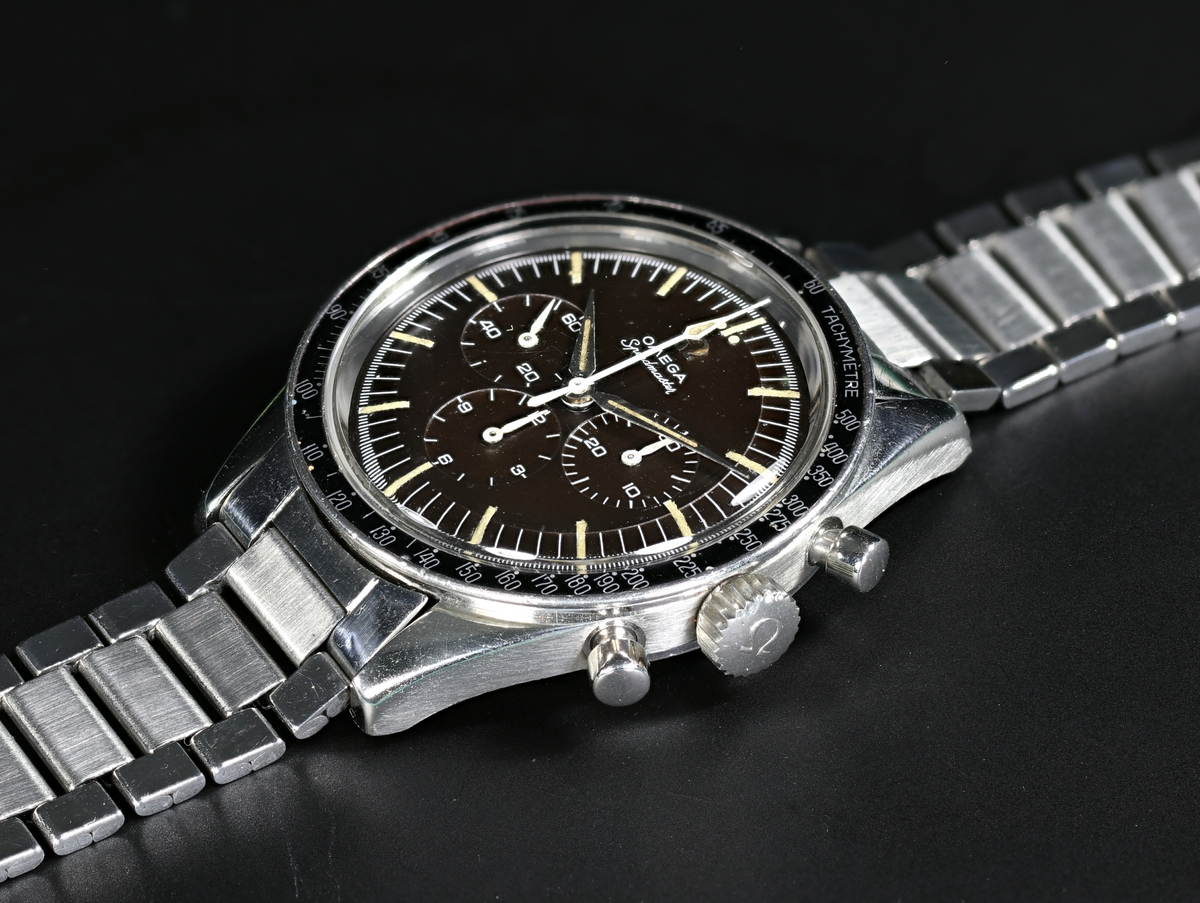
With eight sub-references, this is my favorite reference to accumulate, each with its own little characteristics. These watches are so old, and so easy to change, that it is very hard to say if a piece is original. We have instead to satisfy ourselves that it looks original.
In this reference the dial and bezel are a large proportion of the value. If these are missing then be prepared to adjust the value substantially, bearing in mind the suitable parts may never be found.
Case condition on available watches in the market may never be very good. We have to make allowances, and accept a damaged or polished case, or resign ourselves to the idea of never owning one.
The chrono seconds hand was fitted in three executions, the straight hand, shown in the 2998-1 below, the very, very rare lollipop, and the spear seen in the later references below. At no time was the square ended spear fitted. Omega currently offers a service replacement straight hand, but it has a fatter tail and looks wrong. The lollipop hand has been seen on all examples, but without any way of knowing if it is original or not. One surely has to ask, does it matter? (It will, should we ever discover a way of verifying it – but until then, no).
-1 and -2 should have black BASE1000 bezels. These are extremely rare and very often replaced with a DO90 bezel. Recent sale of BASE1000 (as of September 2018) has been rumored to be $20,000. I think even a poor one might reach half that, if true.
Movement
These are all fitted with the early type of Calibre 321 movement, most easily identified by the symmetrical clutch bridge.
There are some other differences too, but I always use the clutch bridge as confirmation that we have an early movement. We must always be alert to the possibility an old number bridge has been transferred onto a newer movement. This is usually obvious from a colour difference in the copper plates and bridges.
Dials
Both the 2998-1 and -2 have slightly different dials to the subsequent references. The early dials have short indices on the subdials:
There is one more point to check. The “O” in Omega in the very early dials is known as an Oval O.
See here on right:
Now we will look at each sub reference:
Serial Range: 1730 1xxx – 1776 1xxx
Dial
- Flat Oval in Omega, or round. (Both seen)
- Domed possibly stepped (Step is small)
- Short markers in minute subdial
- Radium lume, possibly tritium, no T marks
- applied metal logo
- No Professional text
- SWISS MADE
Case
- Straight lugs, 19mm
- Caseback- double step with speedmaster engraved on rear
Hands
- Hour/minute – alpha
- Subdial – leaf, painted
- Chrono – straight, painted. Some seen with lollipop
Pushers
- 4 x 3mm
Crown
- 7mm
Bezel
- Black BASE1000
2998-2
Serial Range: 1730 2xxx – 1776 1xxx
Dial
- Domed possibly stepped (Both kinds of O in Omega)
- Short markers on minute subdial
- Radium lume, possibly tritium, no T marks
- applied metal logo
- No Professional text
- SWISS MADE
Case
- Straight lugs, 19mm
- Caseback- double step with speedmaster engraved on rear
Hands
- Hour/minute – alpha
- Subdial – leaf, painted
- Chrono – straight, painted, Some seen with lollipop
Pushers
- 4 x 3mm
Crown
- 7mm
Bezel
- Black BASE1000
2998-3
Serial Range: 1776 1xxx – 1776 5xxx
Dial
- Stepped
- applied metal logo
- No Professional text
- SWISS MADE
Case
- Straight lugs, 19mm
- Caseback- double step with speedmaster engraved on rear
Hands
- Hour/minute – alpha
- Subdial – leaf, painted
- Chrono – straight, painted, Some seen with lolipop
Pushers
- 4 x 3mm
Crown
- 7mm
Bezel
- Black BASE500 bezel with dot over 90 (DO90)
2998-4
2998-4 On sale at Chrono24.
This is a good learning watch. Look at the hands, the hour and minute hands are too short. These come from a Seamaster. The hour subdial has crept all the way around, indicating some adjustment or service required. The bezel is from a much later watch The crown does not look the right size, and the pushers are of different dimensions. This watch underlines how careful you have to be when looking at a watch, even on a well known site like Chron24. I would price it at between poor and fair.
Serial Range: 1776 2xxx – 1841 9xxx
Dial
- Stepped
- applied metal logo
- No Professional text
- SWISS MADE
Case
- Straight lugs, 19mm
- Caseback- double step with speedmaster engraved on rear
Hands
- Hour/minute – alpha
- Subdial – leaf, painted
- Chrono – Straight
Pushers
- 4 x 3mm
Crown
- 7mm
Bezel
- Black BASE500 bezel with dot over 90 (DO90)
2998-5
2998-5. Owned by a member of Omegaforum.net. This shows beautifully aged plots, correct hand layout and a fine DO90 bezel. It would appear the hour counter is exhibiting chrono creep. While the hands look a little battle worn, they fit the character of the watch. This is a very good example of a correct watch that is highly desirable because of its aging.

2998-5. Offered by Antiquorum November 2021.Triangle lume on the Aplpha hands, and a very nice dial. Correct DO90 bezel. This is a nice example.
Serial Range: 1841 9xxx – 1894 5xxx
Dial
- Stepped
- applied metal logo
- No Professional text
- SWISS MADE
Case
- Straight lugs, 19mm
- Caseback- double step with speedmaster engraved on rear
Hands
- Hour/minute – alpha
- Subdial – Stick, painted
- Chrono – Straight, painted, some seen with spear
Pushers
- 4 x 3mm
Crown
- 7mm
Bezel
- Black BASE500 bezel with dot over 90 (DO90)
2998-6
Serial Range: 1894 6xxx *
* (Edit October 2017 – since writing this site, MWO has produced serial ranges for the last 2998’s as a group. They suggest that 2998-6, -61 -62 can fall into the range 18419xxx to 19834xxx. As they spent time at the Museum with the records, I would suggest readers follow this range when viewing a watch)
Dial
- Stepped
- applied metal logo
- No Professional text
- SWISS MADE
Case
- Straight lugs, 19mm
- Caseback- double step with speedmaster engraved on rear
Hands
- Hour/minute – alpha
- Subdial – Stick, painted
- Chrono – spear
Pushers
- 4 x 3mm
Crown
- 7mm
Bezel
- Black BASE500 bezel with dot over 90 (DO90)
2998-61
Serial Range: 1894 6xxx – 1958 4xxx * (See note for 2998-6)
Dial
- Stepped
- applied metal logo
- No Professional text
- SWISS MADE
Case
- Straight lugs, 19mm
- Caseback- double step with speedmaster engraved on rear
Hands
- Hour/minute – alpha
- Subdial – Stick, painted
- Chrono – spear
Pushers
- 4 x 3mm
Crown
- 7mm
Bezel
- Black BASE500 bezel with dot over 90 (DO90)
2998-62
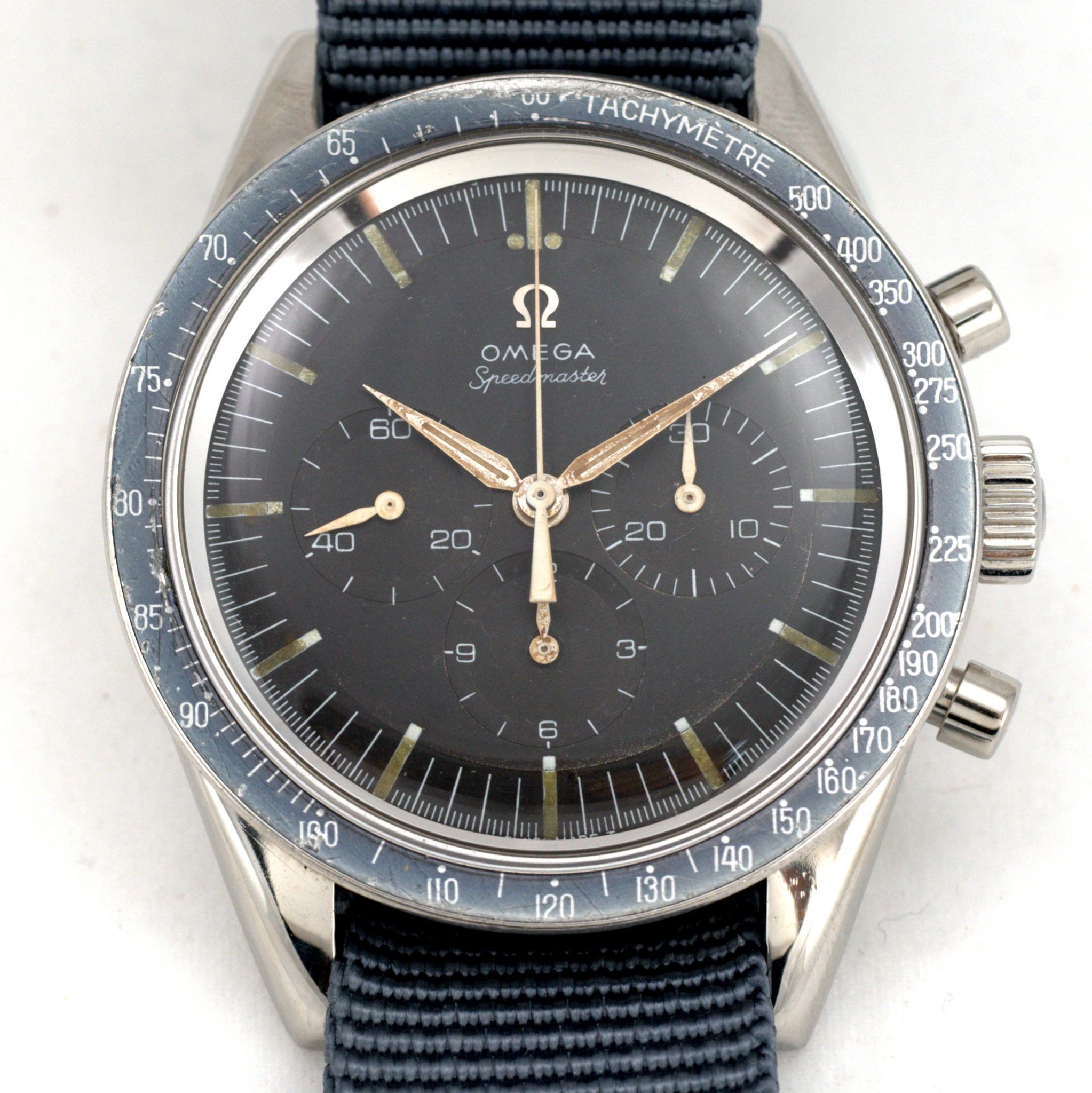
Serial Range: 1958 3xxx – 1983 4xxx * (See note for 2998-6)
Dial
- Stepped
- applied metal logo
- No Professional text
- SWISS MADE
Case
- Straight lugs, 19mm
- Caseback- double step with speedmaster engraved on rear
Hands
- Hour/minute – alpha
- Subdial – Stick, painted
- Chrono – spear
Pushers
- 4 x 3mm
Crown
- 7mm
Bezel
- Black BASE500 bezel with dot over 90 (DO90)
Things to watch on all 2998’s
- Correct bezel – all -1’s and -2’s should have BASE1000 bezels
- Correct dial for reference. Early dials have short indices on subdials, and NONE ever had T marks, these are often seen incorrectly fitted.
- Hand length. The alpha hands are often replaced with incorrect length ones. See here
- Pusher size. These are often replaced with incorrect larger pushers.
- Chrono and subdial hands, need to be checked for correctness
- This reference is so valuable that people cobble together watches from multiple sources, often with Seamaster movements and hands.
*Serial ranges quoted here are distilled from experience, and then cross referenced with the MWO book. I simply cannot continue with my own estimates when they have published well reserched data – so I have brought my serials in line with MWO with some rare exceptions when my observations have shown others. Remember with early numbers, it’s all down to observation.
Here is a little cautionary tale:
Below is what Omega did to watches when you sent a beautiful old watch in for service. It may be different now, but I would never send a watch to Bienne for fear they take off all the old parts and replace them with new

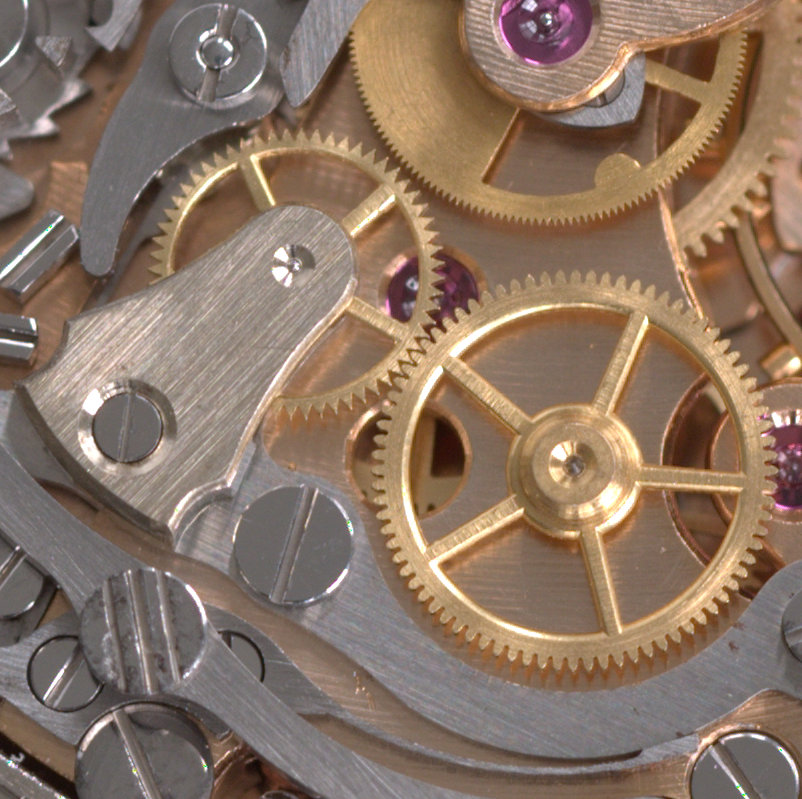
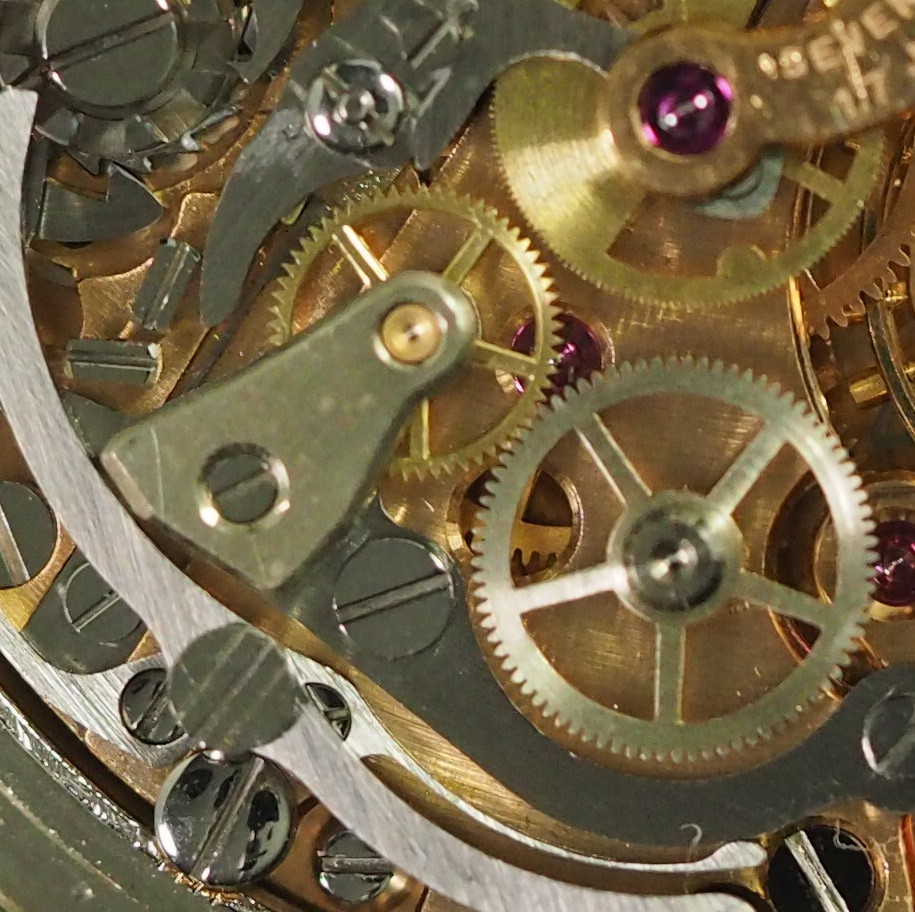
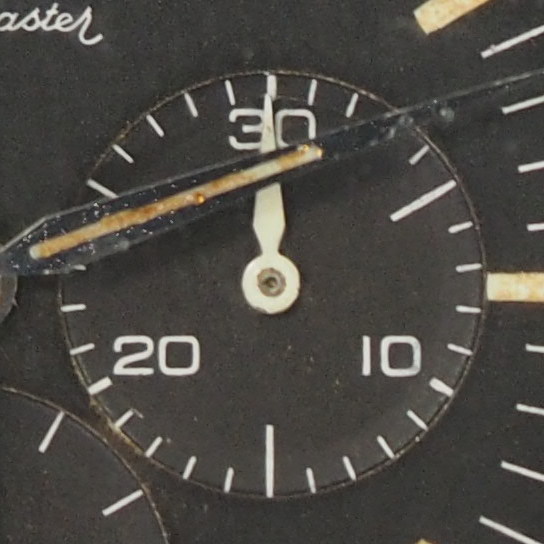


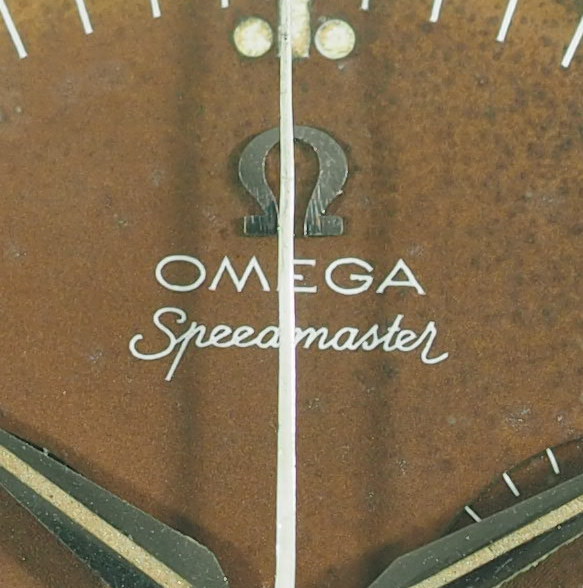
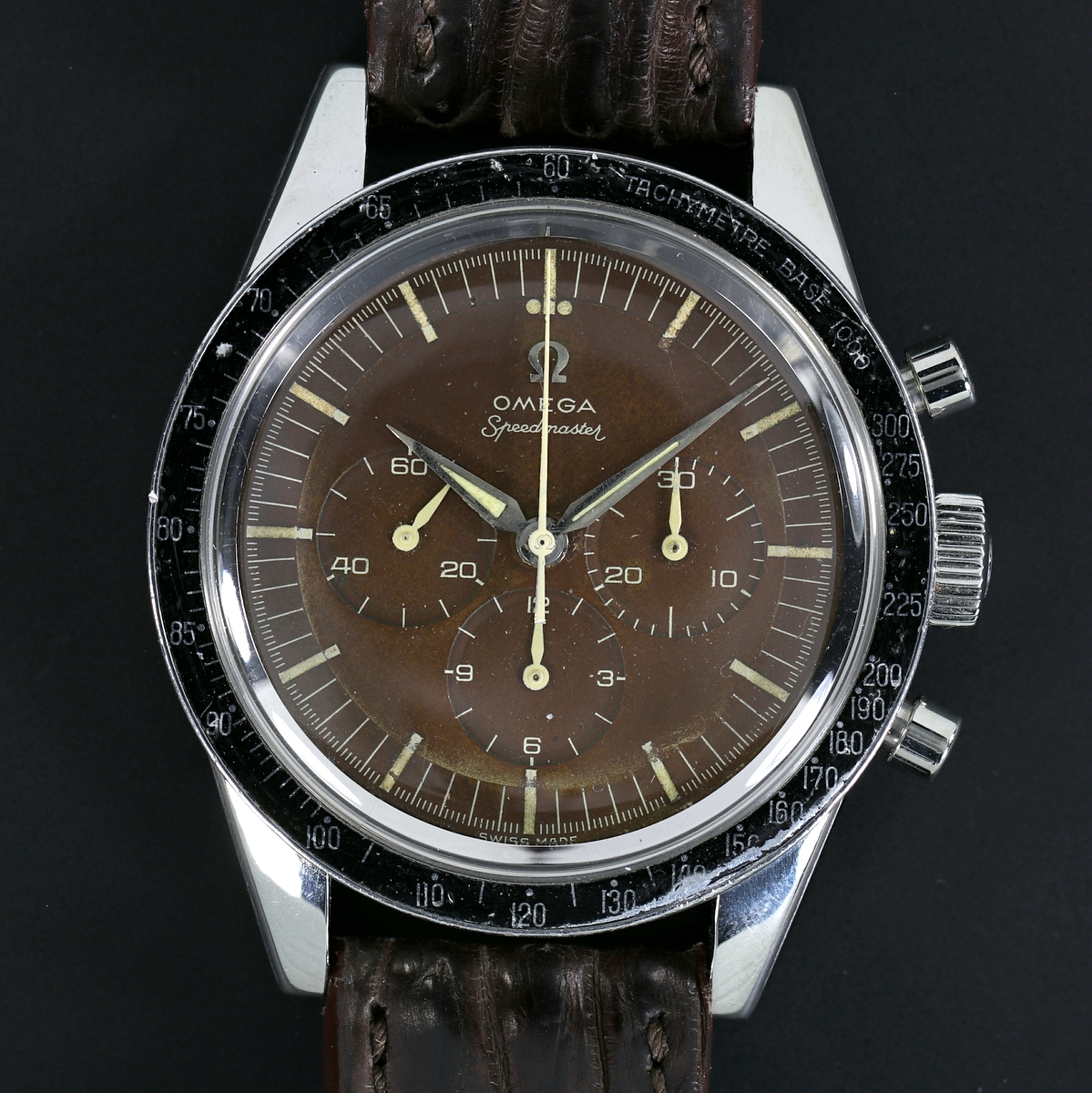
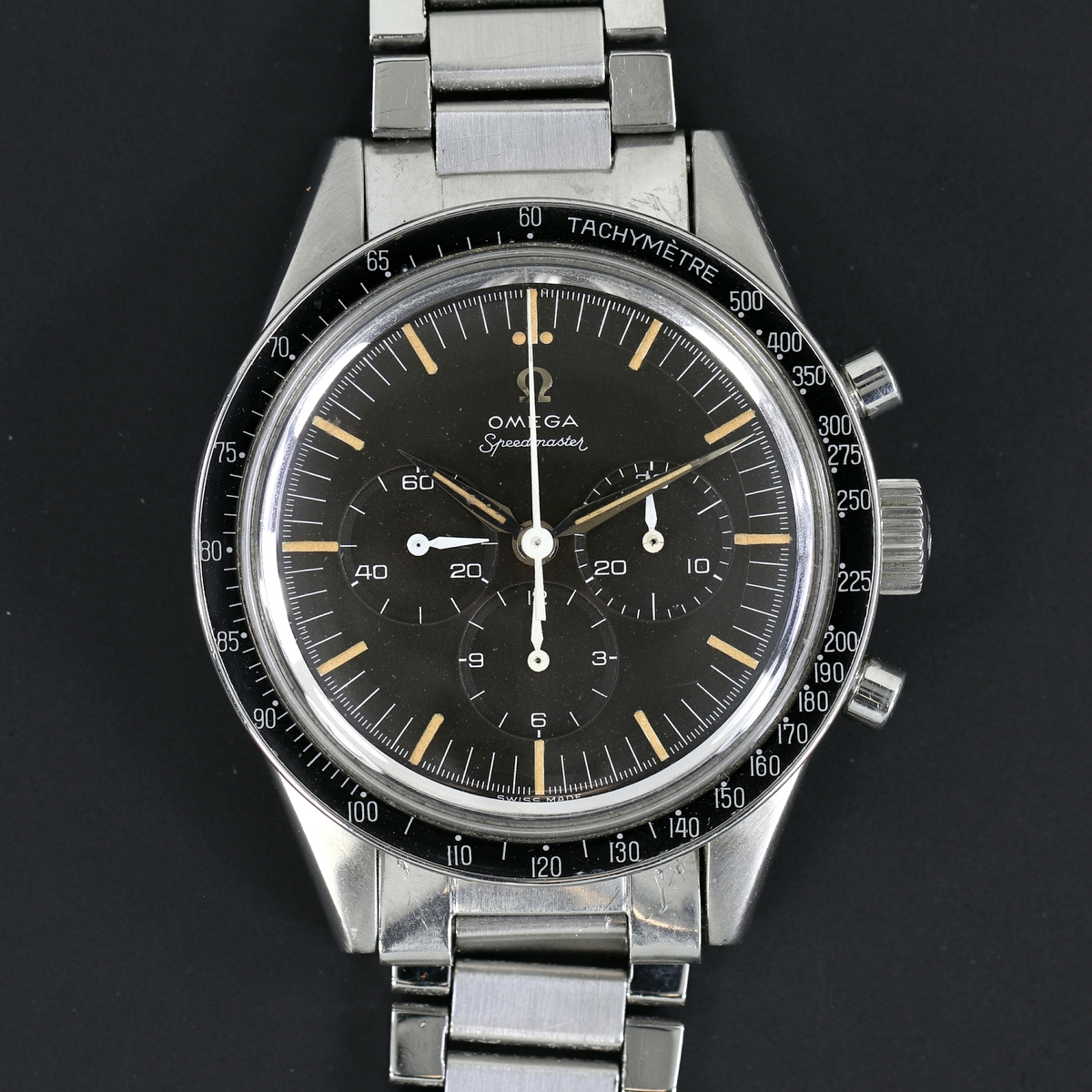
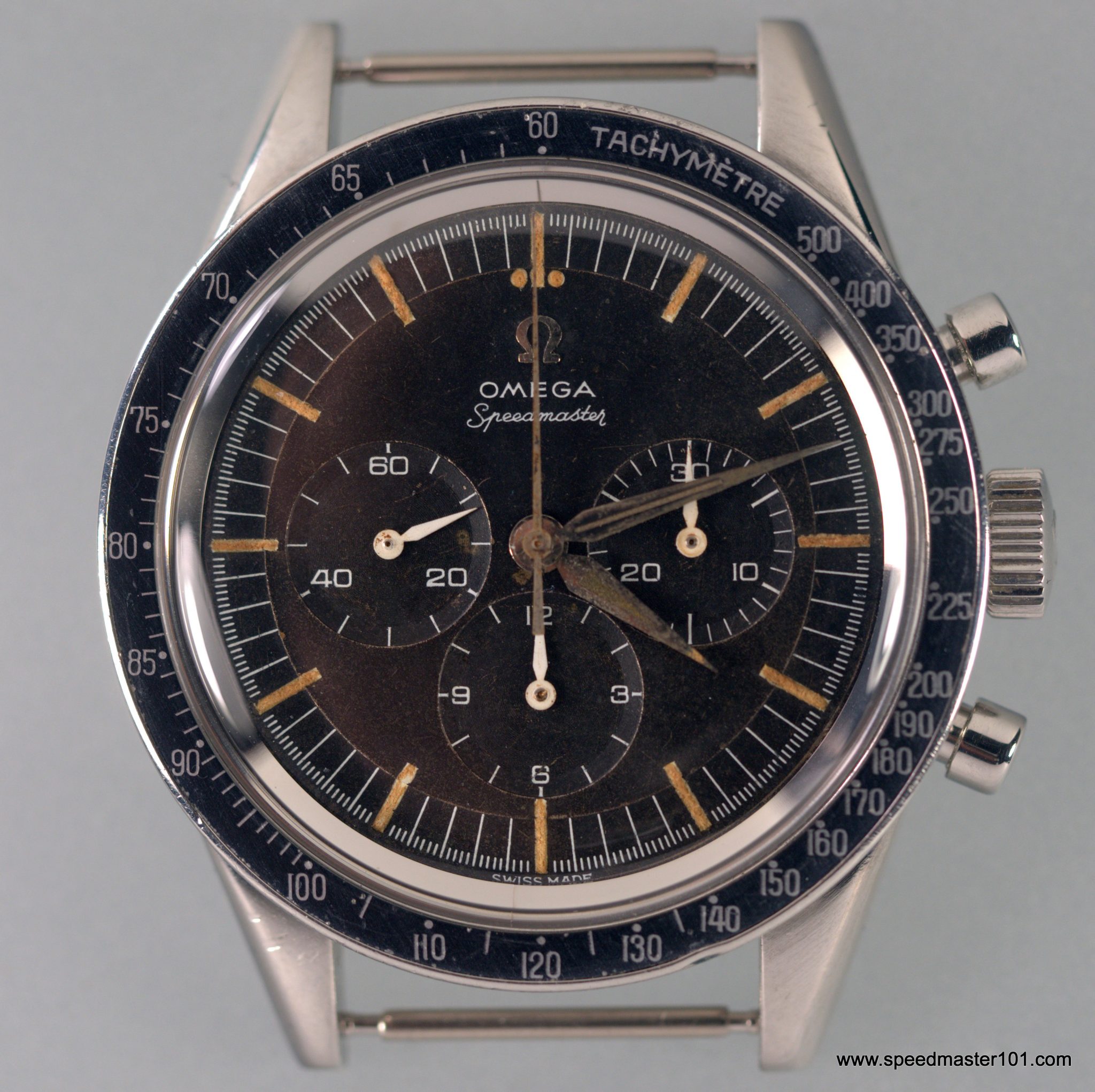

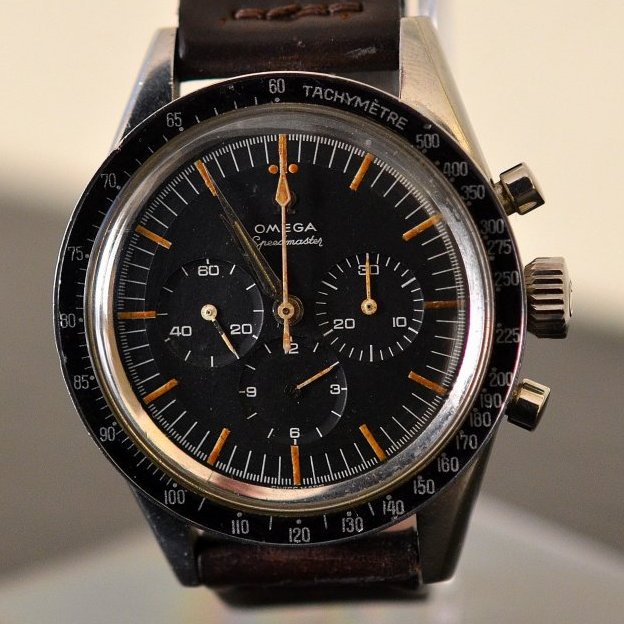
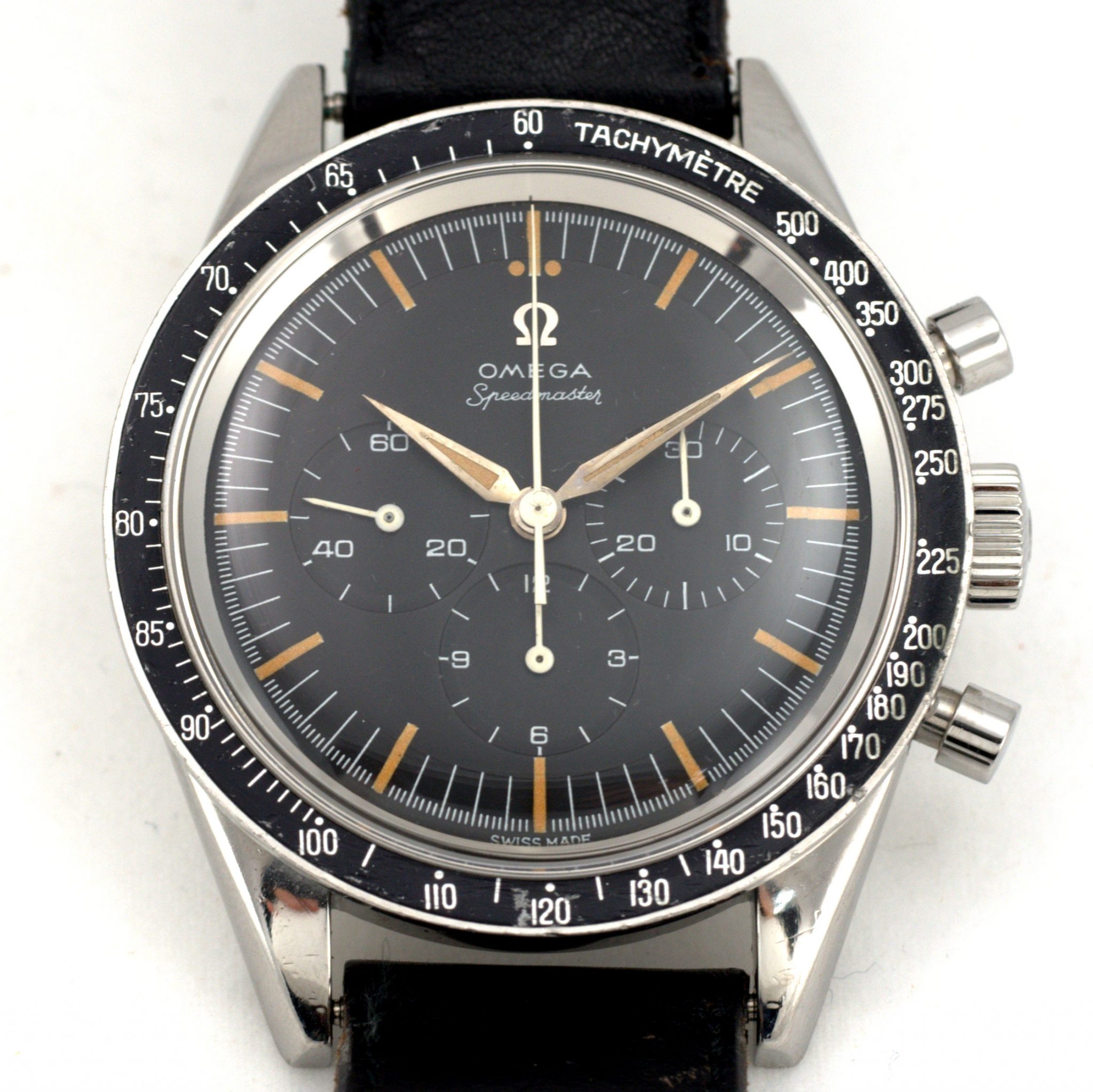
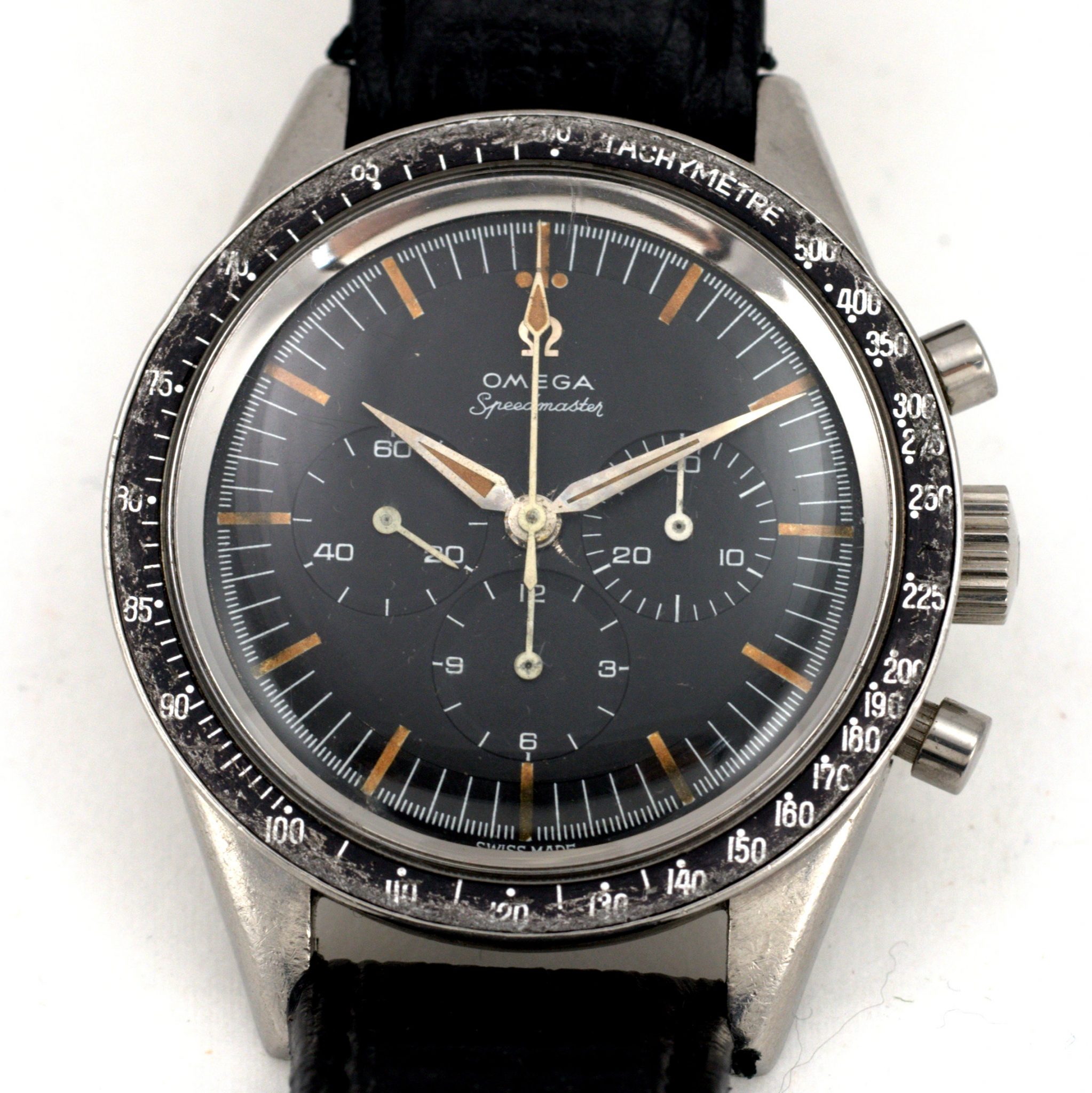

You must be logged in to post a comment.